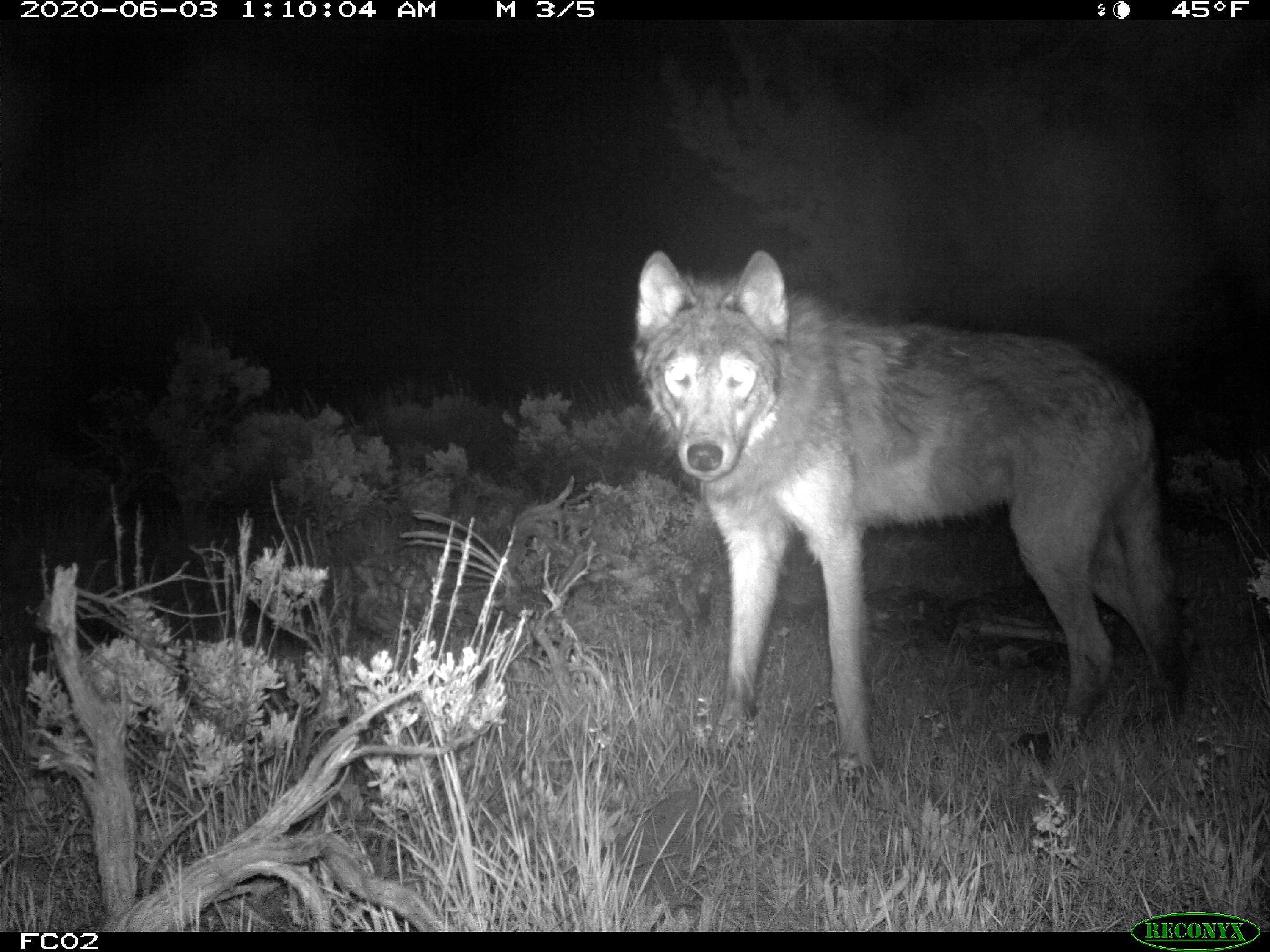Gray wolf pups spotted in Colorado for the first time since the 1940s
State wildlife officials say the first gray wolf pups since the 1940s have been spotted in Colorado

Your support helps us to tell the story
From reproductive rights to climate change to Big Tech, The Independent is on the ground when the story is developing. Whether it's investigating the financials of Elon Musk's pro-Trump PAC or producing our latest documentary, 'The A Word', which shines a light on the American women fighting for reproductive rights, we know how important it is to parse out the facts from the messaging.
At such a critical moment in US history, we need reporters on the ground. Your donation allows us to keep sending journalists to speak to both sides of the story.
The Independent is trusted by Americans across the entire political spectrum. And unlike many other quality news outlets, we choose not to lock Americans out of our reporting and analysis with paywalls. We believe quality journalism should be available to everyone, paid for by those who can afford it.
Your support makes all the difference.Colorado has its first litter of gray wolf pups since the 1940s years, state wildlife officials said Wednesday.
A state biologist and district wildlife manager each spotted the litter of at least three wolf pups over the weekend with their parents, two adult wolves known to live in the state, Gov. Jared Polis announced in a news release. Most wolf litters have four to six pups, so there could be more.
The discovery comes after Colorado voters narrowly approved a ballot measure last year that requires the state to reintroduce the animal on public lands in the western part of the state by the end of 2023.
Gray wolves lost their federal protected status as an endangered species earlier this year. But they remain protected at the state level, and hunting the animals in Colorado is illegal. Penalties for violations include fines, jail time and a loss of hunting license privileges.
"These pups will have plenty of potential mates when they grow up to start their own families,” Polis said in a statement.
Gray wolves were hunted, trapped and poisoned into extermination in Colorado in the 1940s.
Officials last year confirmed the presence of a small pack of wolves in northwestern Colorado after a number of sightings since 2019. The animals were believed to have come down from Wyoming’s Yellowstone National Park.
Opponents of the reintroduction initiative said the presence of wolves in Colorado showed reintroducing the animals was unnecessary because they could eventually repopulate the state naturally. Cattle ranchers, elk hunters, farmers and others in rural areas argue wolf reintroduction is bad policy driven by urban majorities along Colorado’s Front Range — and a threat to livestock and to a $1 billion hunting industry.
Wildlife advocates see reintroduction in Colorado as a vital step in restoring the wolf more quickly to habitat stretching from the Canada to the Mexico border. Wolves were reintroduced in the Northern Rockies in the 1990s, and some 3,000 of the animals now roam portions of Montana, Wyoming Idaho, Oregon, Washington and Northern California.
A remnant population in the western Great Lakes region has expanded to about 4,400 wolves in Michigan, Minnesota and Wisconsin.
A small population of Mexican gray wolves remains protected in the Southwest where federal wildlife managers this week announced they had placed a record 22 captive born wolf pups into dens in the wild to be raised by surrogate packs.


